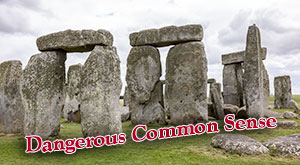Napoli Milionaria!
Ashland, Oregon at the Oregon Shakespeare FestivalNapoli Milionaria! by Eduardo De Filippo, new translation by Linda Alper & Beatrice Basso Set in Naples during and immediately after World War II, De Filippo's play chronicles the evolution of a law-abiding, religious family into a group of survivors. No, they're more than simply survivors. The mother's black-market sale of rationed foodstuffs and luxuries eventually provides her and her family millions of lire which both stuff the mattress and move the family away from their traditional life and makes them a success story. But, this black comedy was written to allow only a partial wealth-induced happiness. The story [...]
